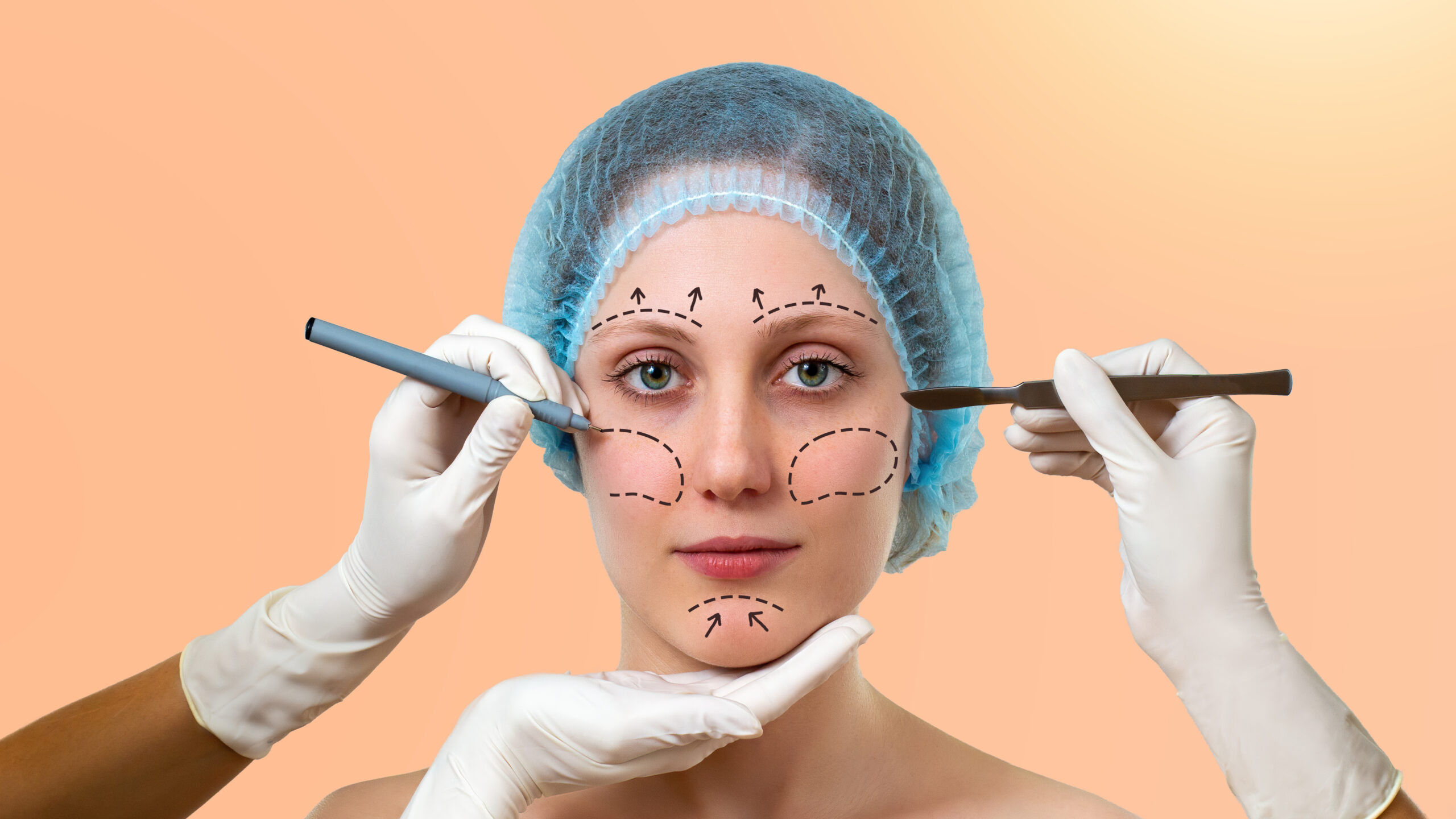By MTT Team
Plastic surgery has evolved from a niche medical field into a multi-billion-dollar global industry, significantly influencing the landscape of medical tourism. Once sought predominantly for reconstructive purposes, plastic surgery now encompasses a broad spectrum of aesthetic and functional procedures that draw millions of international patients each year. From facelifts to post-trauma reconstructions, the demand for expert plastic surgery abroad is growing rapidly—fueled by cost-effectiveness, high-quality care, and increasing societal acceptance.
Plastic surgery is broadly divided into two categories: reconstructive surgery and cosmetic (aesthetic) surgery.
- Reconstructive plastic surgery focuses on correcting abnormalities due to birth defects, trauma, burns, or disease. This includes procedures like cleft lip repair, skin grafts, and breast reconstruction post-mastectomy.
- Cosmetic plastic surgery, on the other hand, is performed to enhance appearance, including procedures such as rhinoplasty, liposuction, breast augmentation, and botulinum toxin injections.
Both types require specialized training and surgical precision, often blending art with science to achieve natural, functional results.
The Role of Plastic Surgery in Medical Tourism
Plastic surgery has become one of the most sought-after services in the global medical tourism market. Patients from developed countries frequently travel to destinations like Thailand, South Korea, Brazil, Mexico, and Turkey for high-quality procedures at a fraction of the cost they would pay at home.
Key Drivers
- Cost Savings: Patients can save up to 60–80% on procedures without compromising on quality.
- Access to Expertise: Certain countries are globally recognized for specific procedures. For instance, South Korea is known for facial contouring and eyelid surgery, while Brazil leads in body contouring techniques.
- Minimal Wait Times: Unlike public healthcare systems with long waiting lists, medical tourists often receive near-immediate treatment.
- Privacy and Discretion: Traveling abroad provides patients with the opportunity to recover in private, away from the public eye.
Safety, Accreditation, and Patient Outcomes
While cost is a major incentive, safety and quality remain top concerns. Internationally accredited hospitals and board-certified surgeons are crucial in ensuring positive patient outcomes. Many destinations now follow global standards set by organizations like the Joint Commission International (JCI) and the International Society of Aesthetic Plastic Surgery (ISAPS).
Pre-travel consultations, detailed informed consent processes, and coordinated post-operative care have become standard parts of the medical tourism experience, helping to minimize complications and ensure patient satisfaction.
Popular Procedures Among Medical Tourists
According to ISAPS, the most commonly performed plastic surgeries among medical tourists include:
- Rhinoplasty (nose reshaping)
- Breast augmentation and reduction
- Liposuction
- Facelift (rhytidectomy)
- Tummy tuck (abdominoplasty)
- Blepharoplasty (eyelid surgery)
In recent years, non-surgical procedures like dermal fillers, Botox, and thread lifts have also surged in popularity due to lower cost, minimal downtime, and quick results.
Emerging Trends: Technology and Personalization
Innovations in technology are reshaping plastic surgery. 3D imaging and simulation, robotic-assisted surgery, and regenerative medicine (such as fat grafting and stem cell therapies) are enhancing outcomes and patient experiences. Personalization, driven by AI and machine learning, is allowing for highly tailored treatment plans that align with each patient’s goals, anatomy, and expectations.
Ethical and Cultural Considerations
The globalization of plastic surgery raises ethical questions regarding cultural beauty standards, informed consent, and equitable access. Healthcare providers must navigate diverse cultural perceptions of beauty while ensuring ethical integrity and patient autonomy. Transparent communication, cultural sensitivity, and a patient-first approach are essential in building trust across borders.
Conclusion
Plastic surgery has become a cornerstone of modern medical tourism, driven by advancements in technique, global access to skilled surgeons, and increasing demand for aesthetic improvement. As more patients seek quality care beyond their national borders, the integration of plastic surgery into the medical tourism ecosystem will continue to evolve—emphasizing safety, affordability, and excellence.
For patients, providers, and destinations alike, plastic surgery is not just about appearances—it’s a transformative journey of healing, confidence, and global connection.
